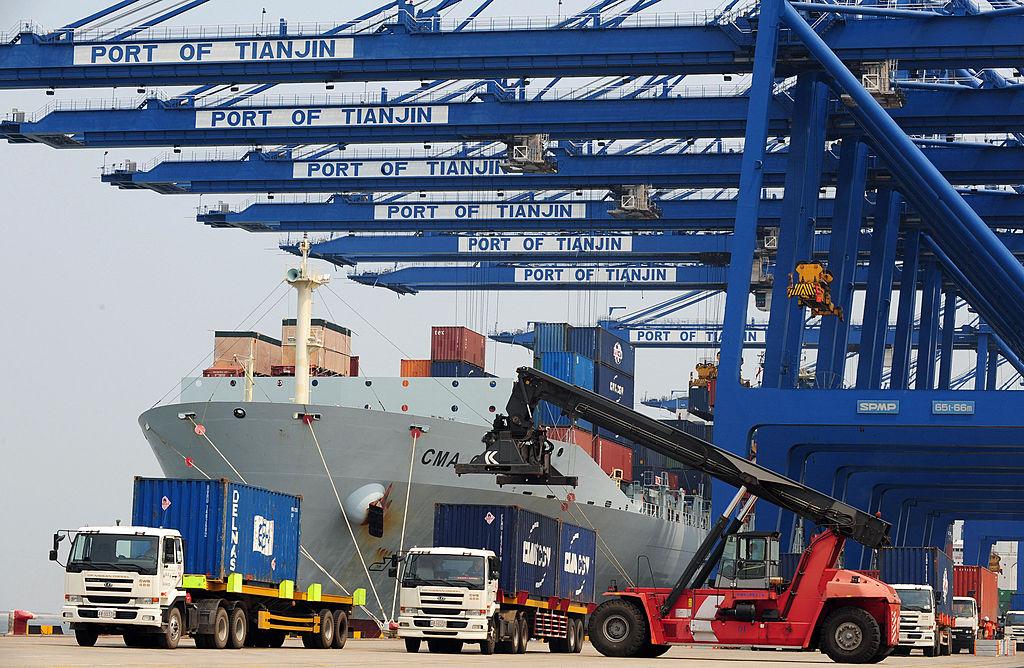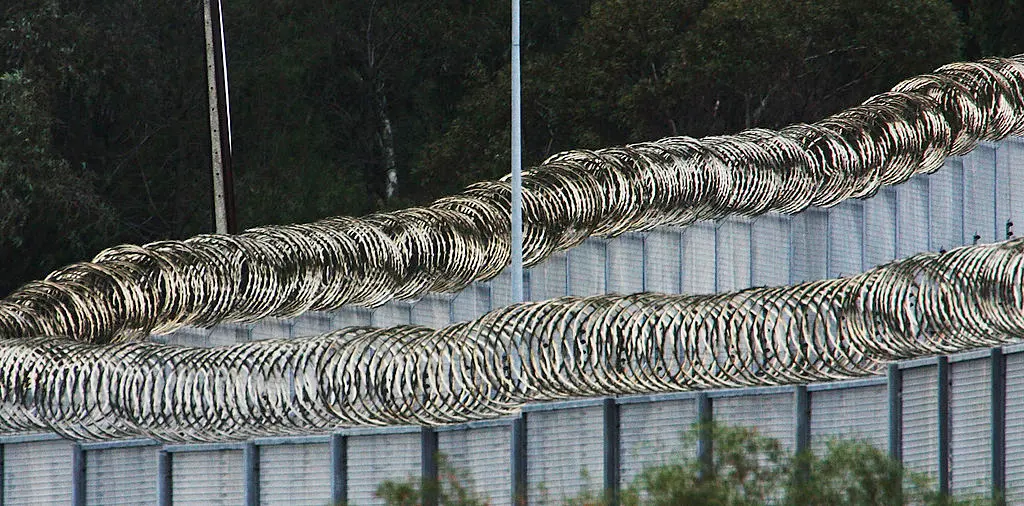Declining demand in China is having an immediate impact on Australia’s budget, with the mid-year budget update expected to show that forecast company tax receipts have been downgraded for the first time since the COVID-19 pandemic hit.
According to data from the country’s customs authority, China’s exports and imports fell well short of expectations in November. Imports defied analysts’ predictions, declining by 3.9 percent against expectations of a 0.3 percent rise, the worst performance in nine months.





